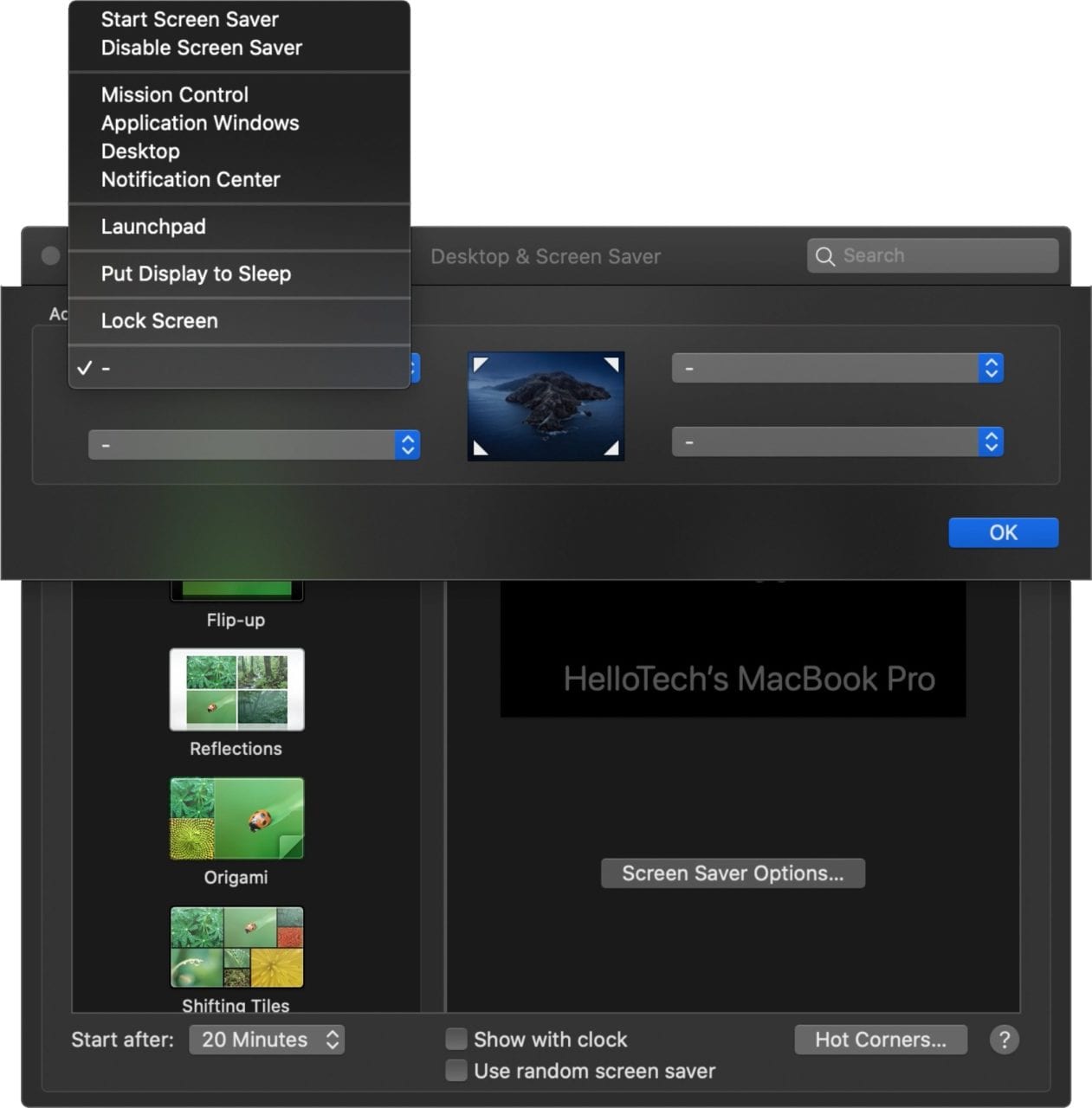

- #What are the best setting for sleep and screen saver mac how to#
- #What are the best setting for sleep and screen saver mac windows 10#
- #What are the best setting for sleep and screen saver mac password#

Set the Start After option (at bottom left) to dictate when you want the Screen Saver to start - note you may want this to be set at a shorter period than your Energy Saver sleep settings (e.g.Go to System Preferences > Desktop & Screen Saver.You would still do the above steps, but in addition: Change these settings so they work for you, but keep in mind your system security and battery life. Use the Start Screen Saver time slider to tell your computer how long it should wait after your last activity before the screen saver starts. Go to the Apple menu > System Preference and click on Desktop & Screen Saver. Note, if you want you can also use the Screen Saver function to achieve the same thing. Your system settings should have the computer go to sleep several minutes or hours after the screen saver starts. Actually, even today, the best option is sleep. Since LCDs are not subject to burn-in, the only thing a screen saver does is wear down the life of your monitor's backlight.
#What are the best setting for sleep and screen saver mac password#
Click on the drop-down menu to select how long after sleep you want the need for a password to be activated (Immediately, 5 secs, 1 min, etc etc) Tallest Skil said: Now, with the proliferation of LCD monitors, screen savers are no longer necessary, and are in fact detrimental to the life of your display.Tick the box for Require password.after sleep or screen saver begins.Now go to System Preferences > Security & Privacy.Set display sleep to occur when you like.Set computer sleep to Never (or an appropriately long period of time).Go to System Preferences > Energy Saver.
#What are the best setting for sleep and screen saver mac windows 10#
Step 2: In the Command Prompt window, copy and paste the following text (yes, the Command Prompt in Windows 10 supports copy and paste):Ĭontrol finally, hit Enter key to open Screen Saver Settings dialog. To do so, type CMD in the Start search box and then press Enter key. Method 5 of 5 Open Screen Saver Settings from Command Prompt If you prefer to have the shortcut on the Start, please right-click on the shortcut and then click Pin to Start option. Double-clicking on the shortcut should open Screen Saver Settings dialog. Step 3: Enter Screen Saver Settings as the shortcut name, and then click the Finish button to create the shortcut on the Windows 10 desktop. Step 2: Once New Shortcut wizard is launched, type or paste the following text in the box labeled Type the location of the item. Step 1: Right-click on desktop, click New and then click Shortcut. If you often need to access Screen Saver Settings, use this method to create a shortcut of Screen Saver Settings right on your desktop or Start menu. Set the appropriate schedule and click Apply. Go to System Preferences > Battery (portable) or Energy Saver (desktop) 2.
#What are the best setting for sleep and screen saver mac how to#
Method 4 of 5 Create Screen Saver Settings shortcut Here’s how to set a sleep, wake, start up, or shutdown schedule on a Mac: 1. Step 2: In the search box, type Change Screen Saver and then press Enter key to open Screen Saver Settings. Method 3 of 5 Open Screen Saver Settings from Start Step 2: In the Run command box, type the following command and then press Enter key to open Screen Saver Settings dialog in Windows 10. Check the second box to set a sleep or shut down time. Set a time that you want this to occur on the specified days. You can click the 'Every Day' menu to set specific days for this to occur.

Step 1: Open Run command box by simultaneously pressing Windows and R keys (Windows + R). This will enable you to set a time for your computer to wake itself up. Method 2 of 5 Open Screen Saver Settings from the Run command The screen saver options have similar time sliders. There are two time sliders: one for the monitor, and one for the entire computer that need to be set to your preferences. There are two tabs at the top labeled Battery and Power Adapter each with their own settings. Click on Screen Saver Settings link to open the classic Screen Saver Settings dialog. Go to the Apple menu > System Preference and click on Energy Saver. Step 4: Scroll down the page to see the Screen Saver Settings link. Step 3: Click Lock screen to see Lock screen related settings. Tip: You can quickly navigate to the Personalization section of the Settings app by right-clicking on the desktop and then clicking the Personalize option. Step 2: Click on the Personalization category to navigate to the same.

The Settings app can also be launched with the help of Windows + I keyboard shortcut. To open it, open Start and then click Settings (the gear icon). Method 1 of 5 Launch Screen Saver Settings dialog in Windows 10


 0 kommentar(er)
0 kommentar(er)
